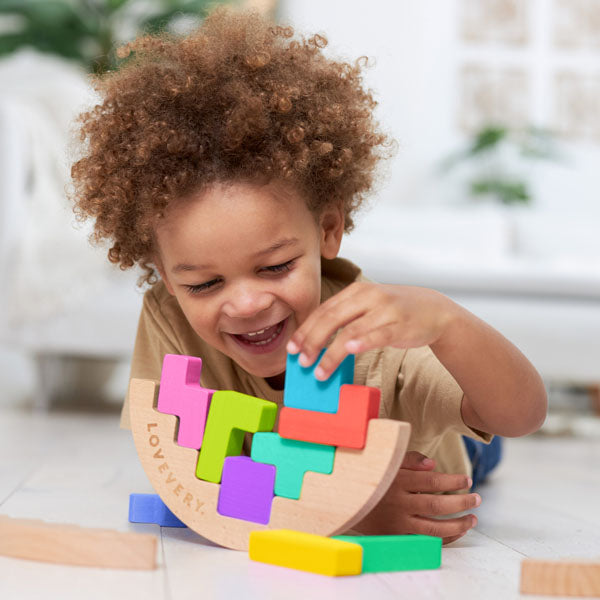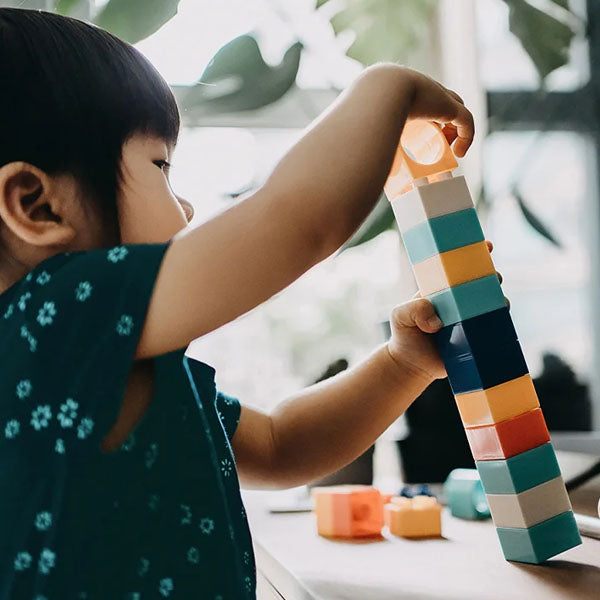Unlocking Creativity and Development with Baby Toys: Exploring 3D Wooden Puzzles
As parents, we are always on the lookout for toys that not only entertain our little ones but also support their development and learning. In recent years, 3D wooden puzzles have emerged as a popular choice for babies and toddlers, offering a myriad of benefits beyond traditional toys. In this blog post, we'll delve into the world of 3D wooden puzzles for babies, exploring how these captivating toys foster creativity, problem-solving skills, and fine motor development.
The Magic of 3D Wooden Puzzles: Imagine the joy and wonder on your baby's face as they piece together their first 3D wooden puzzle. These captivating toys are more than just a source of entertainment—they are powerful tools for learning and exploration. Unlike flat puzzles or electronic gadgets, 3D wooden puzzles engage multiple senses and stimulate cognitive development in a hands-on and interactive way.
Each puzzle piece is meticulously crafted from high-quality wood, featuring vibrant colors, smooth edges, and intricate details that capture the imagination. From animals and vehicles to buildings and geometric shapes, there is a wide variety of designs to choose from, catering to every child's interests and preferences.
Benefits of 3D Wooden Puzzles for Babies:
-
Cognitive Development: As babies manipulate and maneuver puzzle pieces, they develop essential cognitive skills such as problem-solving, spatial awareness, and shape recognition. The process of matching shapes and assembling the puzzle encourages logical thinking and fosters a deeper understanding of cause and effect.
-
Fine Motor Skills: Manipulating small puzzle pieces helps babies refine their fine motor skills and hand-eye coordination. By grasping, rotating, and fitting pieces together, they strengthen the muscles in their hands and fingers, laying the foundation for future dexterity and precision.
-
Sensory Exploration: The tactile nature of wooden puzzles provides valuable sensory stimulation for babies. They can feel the texture of the wood, explore different shapes and sizes, and learn to distinguish between colors and patterns. This sensory-rich experience enhances their curiosity and sensory processing abilities.
-
Focus and Concentration: Completing a puzzle requires concentration and attention to detail, helping babies develop focus and perseverance. As they immerse themselves in the task at hand, they learn to stay engaged and overcome challenges, building essential skills for learning and self-regulation.
Tips for Choosing and Using 3D Wooden Puzzles:
- Select age-appropriate puzzles with large, chunky pieces that are easy for babies to grasp and manipulate.
- Start with simpler designs and gradually introduce more complex puzzles as your baby's skills and abilities develop.
- Offer plenty of encouragement and support as your baby explores the puzzles, but allow them to solve problems independently whenever possible.
- Rotate the puzzles regularly to keep the play experience fresh and engaging for your little one.
3D wooden puzzles are more than just toys—they are invaluable tools for fostering creativity, development, and learning in babies and toddlers. With their tactile appeal, cognitive challenges, and sensory-rich experiences, these captivating toys offer endless opportunities for exploration and discovery. So why not add a few 3D wooden puzzles to your baby's toy collection today and watch as they embark on a journey of creativity and growth?




